10 Abandoned Mining Towns Frozen in Time
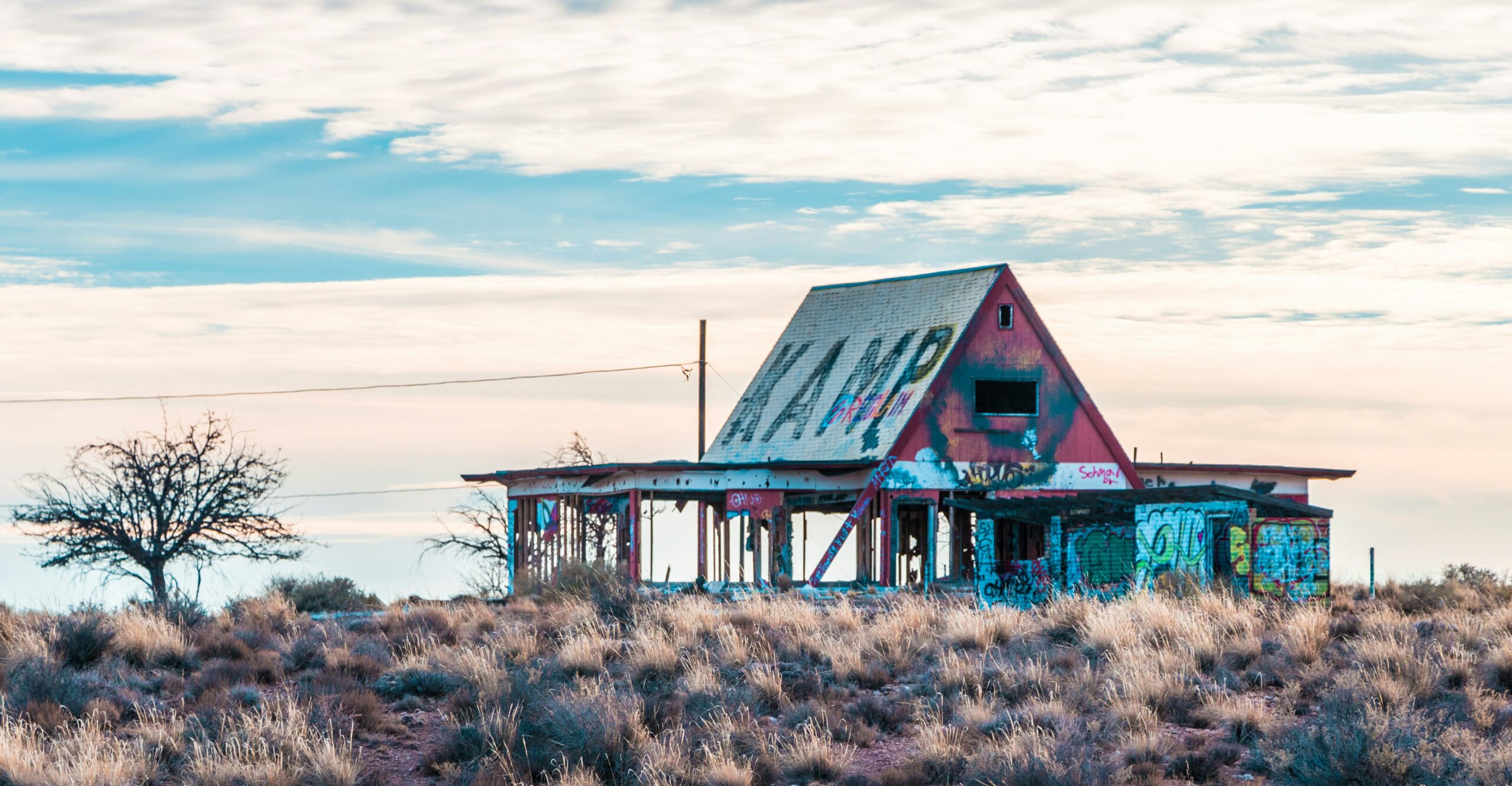
Mining towns once buzzed with dreams of gold, coal, and fortune—until the resources ran dry or disaster struck. What remains are haunting relics: towns swallowed by sand, fire, ice, or silence. These forgotten places whisper stories of boom and bust, of workers who vanished overnight, and buildings that stand untouched by time. Whether buried in desert dunes or perched atop icy cliffs, these 10 abandoned mining towns offer eerie beauty and haunting stillness that captivates curious travelers.
Kolmanskop, Namibia
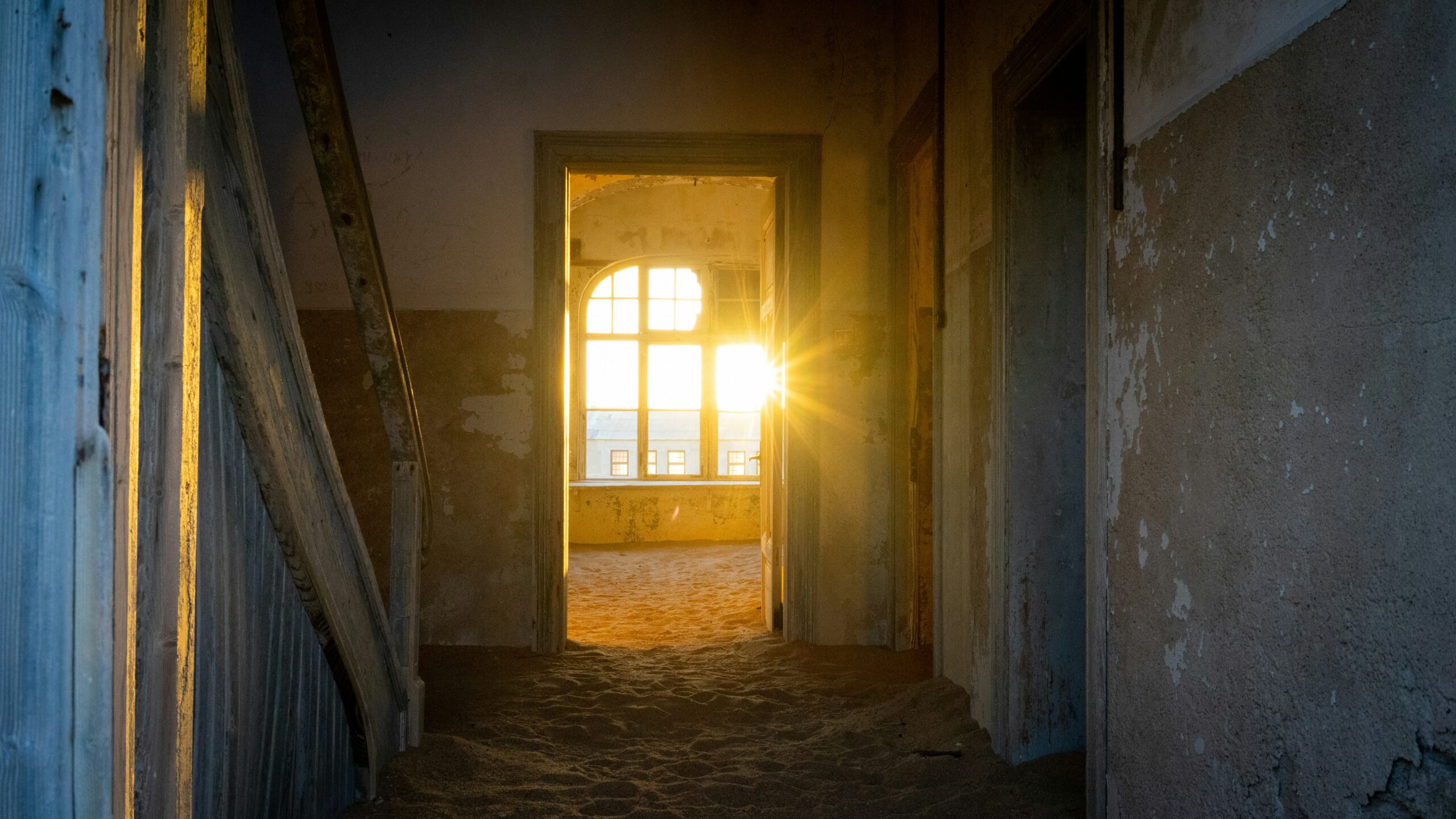
Diamond fever built this German‑style desert town in 1908; shifting Namib sands reclaimed it within fifty years, filling ballrooms, bakeries, and a once‑opulent hospital with wind‑blown dunes. Sunlight slants through broken windows, illuminating peeling wallpaper, rusted cots, and cabinets stocked with ghostly glassware. The silence feels theatrical, as if the town still waits for a party that never returned, making every footstep a crunch through buried fortunes.
Pyramiden, Svalbard, Norway
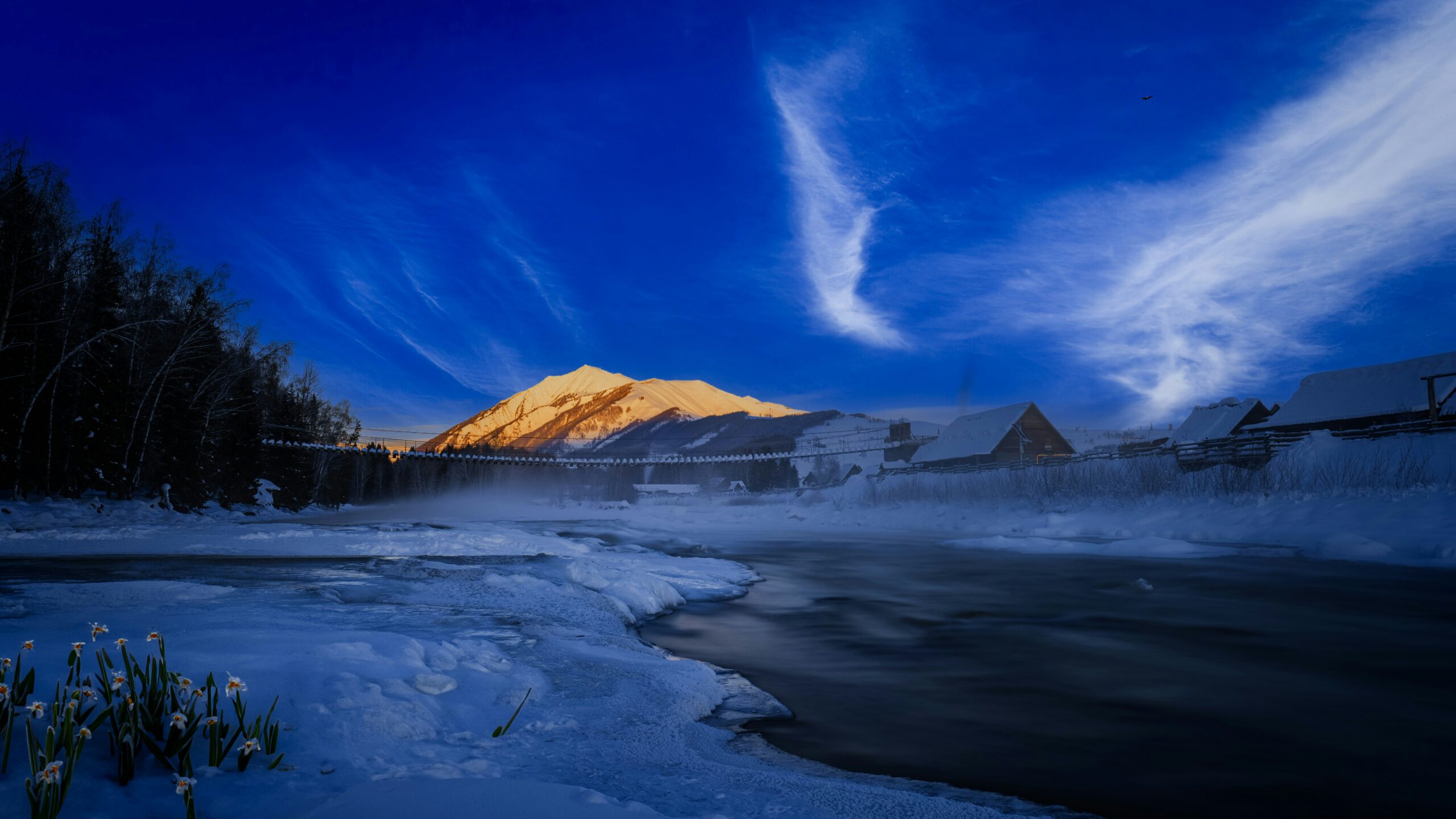
Perched at 78° north, Soviet miners carved a model communist settlement from Arctic rock—complete with theater, library, and the world’s northernmost statue of Lenin. When coal prices cratered in 1998, residents left overnight, leaving red‑star insignias, indoor jungles under glass, and skis still propped by apartment doors. Today polar bears prowl empty streets where loudspeakers once blared Soviet marches beneath the midnight sun.
Bodie, California, USA
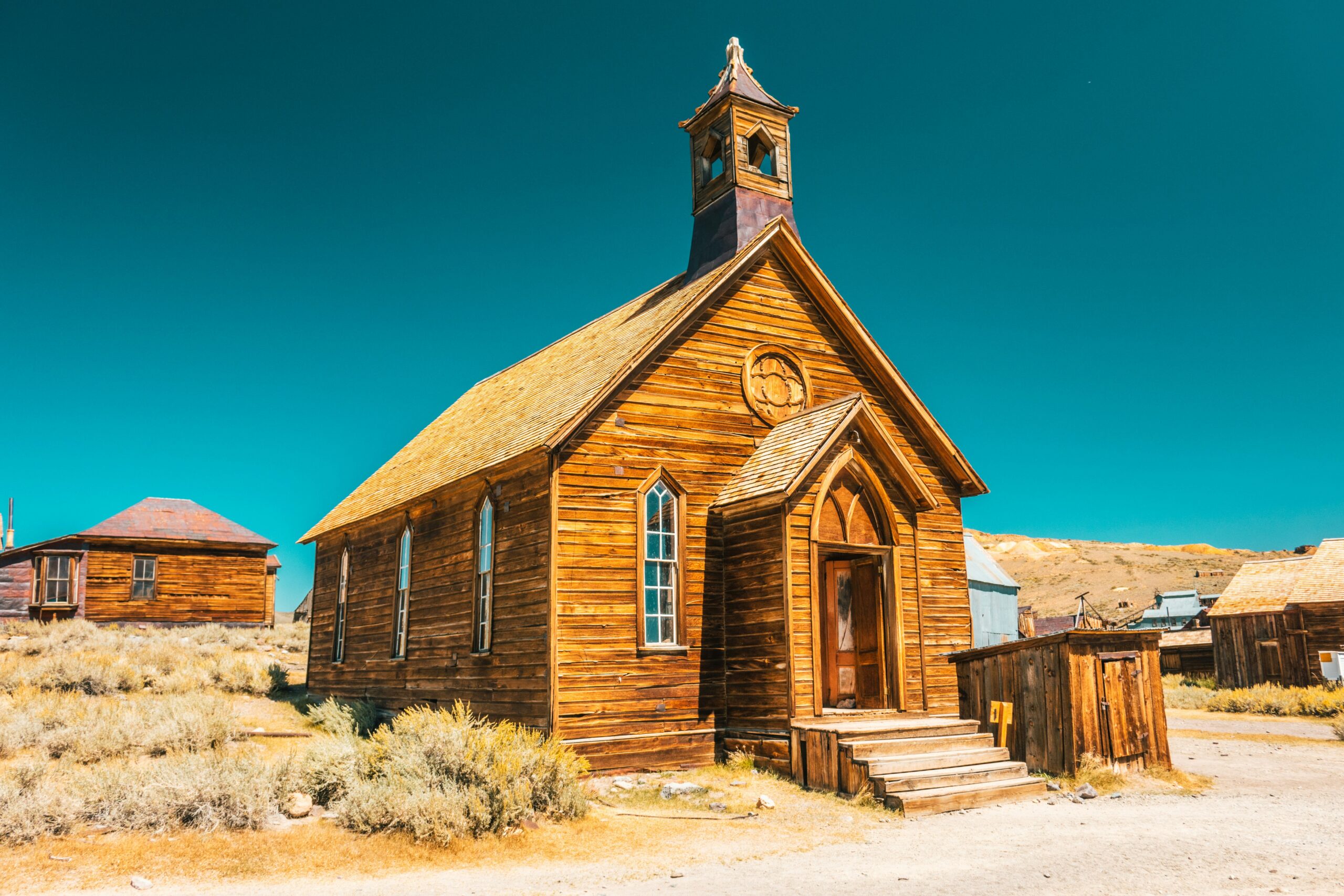
“Goodbye God, I’m going to Bodie,” miners joked when gold veins lured twenty‑thousand souls to this high‑desert boomtown. Lightning‑sparked fires and brutal winters emptied it by the 1930s. Now a state park in “arrested decay,” Bodie preserves saloons with lipstick‑smeared glasses, a schoolhouse with algebra on the chalkboard, and weathered homes stocked with cans and doll heads—frozen testimonies to boom‑and‑bust.
Hashima Island, Japan

Nicknamed Gunkanjima, or “Battleship Island,” this concrete fortress once housed 5,000 coal miners off Nagasaki’s coast—packed into high‑rise blocks ringed by sea walls. When petroleum eclipsed coal in 1974, ferries stopped, leaving tatami mats, televisions, and rooftop playgrounds to the gulls. Today cracked corridors echo typhoon winds, offering a haunting monument to Japan’s industrial sprint and abrupt abandonment.
Rhyolite, Nevada, USA

Born in a 1904 gold rush, Rhyolite boasted electricity, an opera house, and even a stock exchange before ore prices crashed. Within a decade, champagne parlors closed, and the three‑story bank lost its marble floors to scavengers. The photogenic skeletons of bottle‑glass houses, a mission‑style railway depot, and the ghostly “Last Supper” sculpture in nearby desert art park capture the town’s flash‑fame demise.
Wittenoom, Western Australia
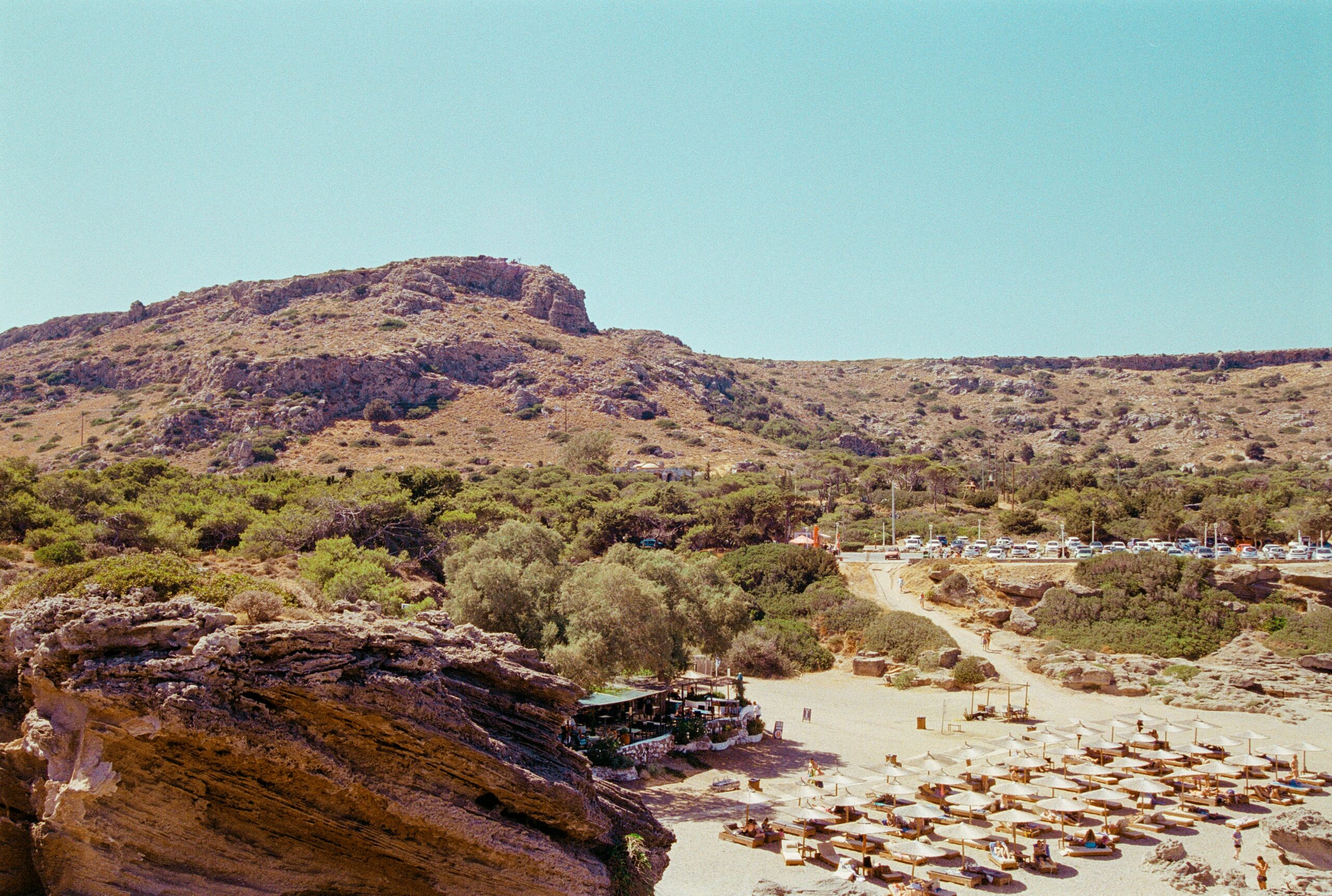
Blue asbestos made Wittenoom boom—and doomed it. As clouds of deadly fibers blanketed streets, children played in tailings mistaken for sand. By 1966 the mine closed; by 2007 the government wiped Wittenoom off official maps. Only a handful of defiant residents remain amid contaminated ruins, no public utilities, and chilling warning signs that flutter where eucalyptus once shaded corner stores.
Humberstone, Chile
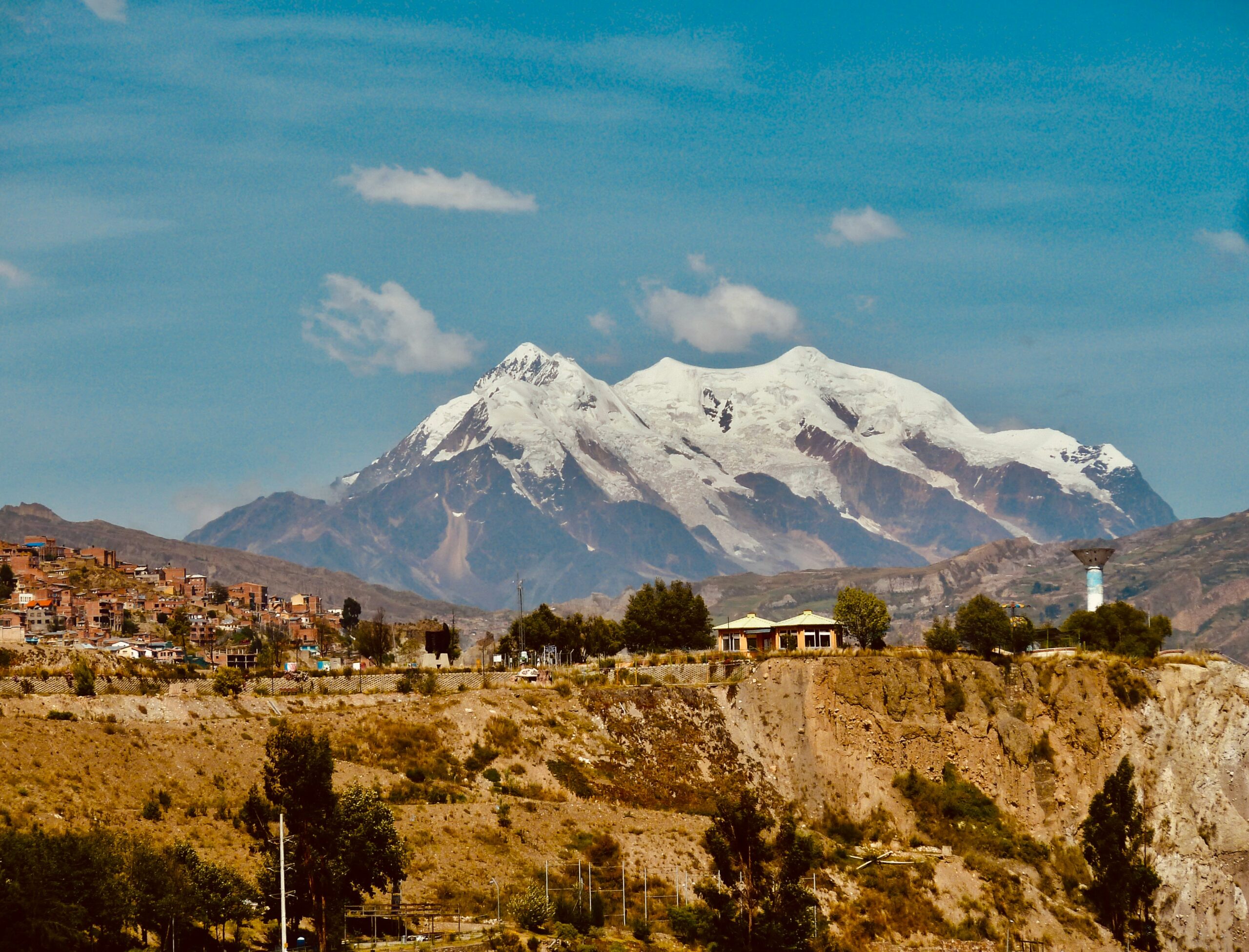
In the Atacama Desert, nitrate riches forged Humberstone in 1872, supplying fertilizer that fed the world. When synthetic alternatives emerged, workers drifted away, leaving art‑deco swimming pools dry, brass bands silent, and corrugated‑iron cottages rusting in the salt air. UNESCO now protects this “pampa” town where peeling cinema posters and empty classrooms stare across a horizon of endless dust.
Centralia, Pennsylvania, USA
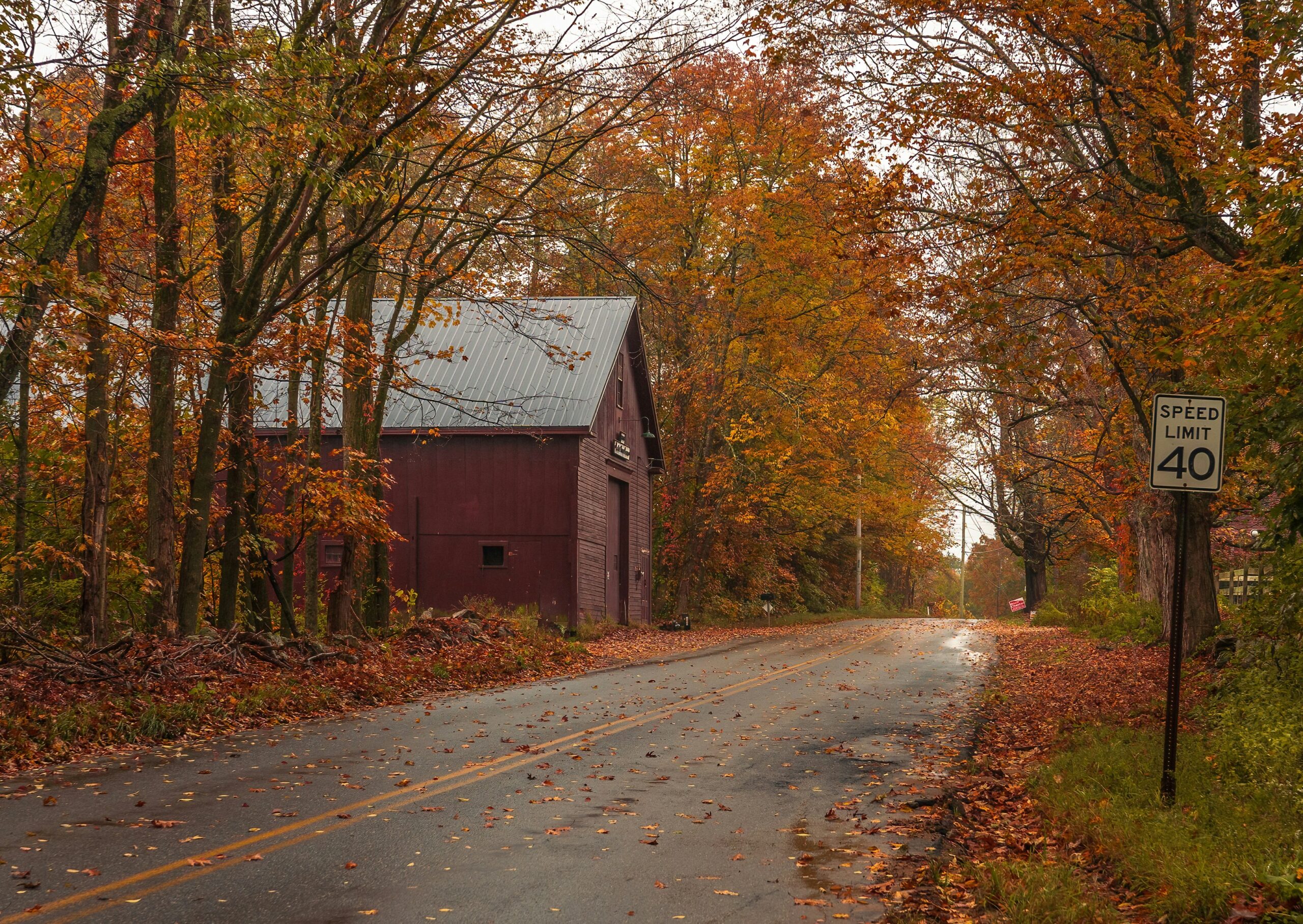
An accidental coal‑seam fire ignited beneath Centralia in 1962; it still burns today, venting smoke through cracked highways and snow‑dusted graveyards. Government buyouts emptied streets, but a handful of holdouts linger near buried mine shafts that glow cherry‑red underground. Mailboxes sit without houses, and Route 61’s graffiti‑covered stretch testifies to a slow, smoldering apocalypse.
Kennecott, Alaska, USA

Perched against the Wrangell Mountains, this copper empire shipped riches until ore ran out in 1938. Its 14‑story mill—once the tallest wooden building in America—now towers above glacier‑fed valleys, conveyors frozen mid‑stride. Inside, paper pay slips shuffle in the draft, and rail trestles dangle above ice. Summer hikers trace tracks of a workforce that vanished with the last train south.
Sewell, Chile
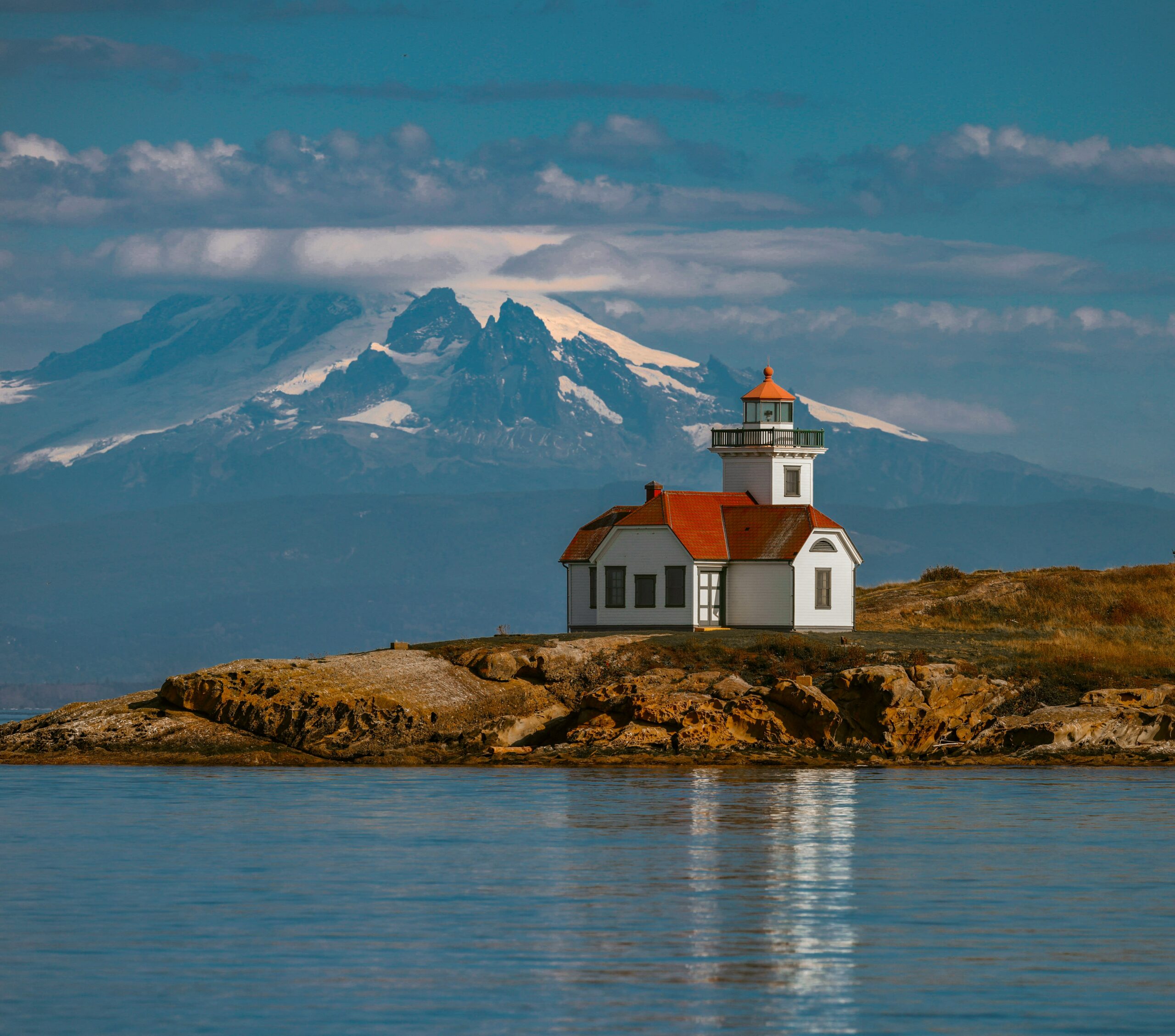
Clinging to Andean cliffs at 2,000 m, the “Staircase City” of Sewell housed 15,000 copper miners, their families climbing neon‑painted wooden steps between hospitals, theaters, and billiard halls. In 1977 operations centralized downhill, and snow soon drifted through movie seats and dance floors. Today brightly colored facades stand sentinel above the Río Cachapoal, a rainbow ghost town amid perpetual mist.